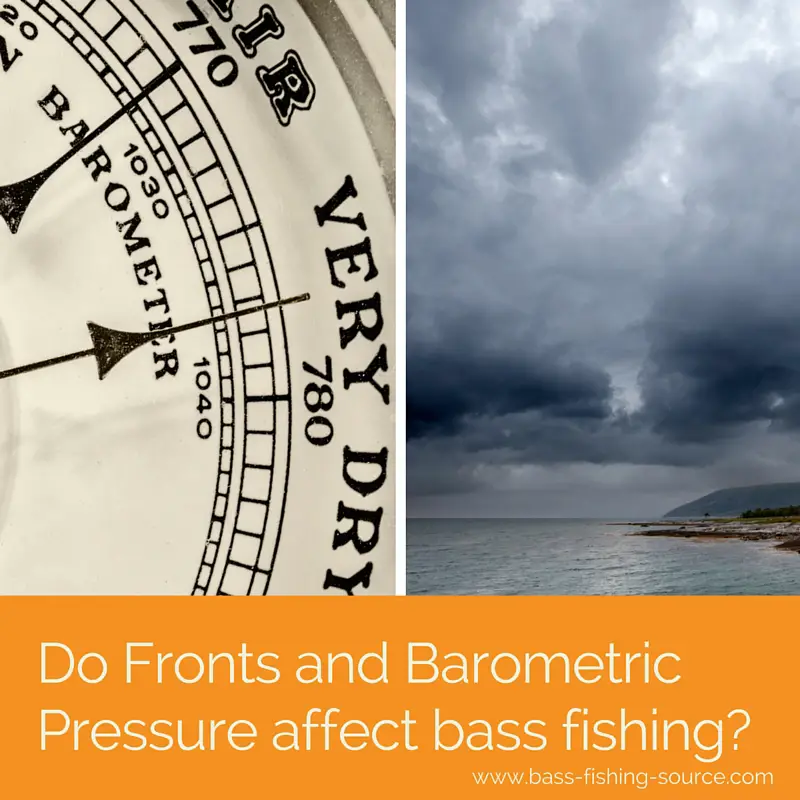3 Largemouth Bass Fishing Rigs you should know
Use these bass fishing rigs to setup your line for soft plastic lures
Your spot is picked out. Lures are chosen and you're ready to start pulling in your prize catch. But before you can start, you need to know a few bass fishing rigs for the best chance at landing your next largemouth bass.
Most lures can be tied directly to your line, spinnerbaits, crankbaits, jigs, swimbaits. But in the case of soft plastic lures you will need to know how to tie them on and set them up to make the most effective use of them when going after largemouth bass.
More on bass rigs and other tactics here.
Texas Rig
The first and foremost bass fishing rig is the Texas Rig. This is going to be the easiest and quickest of the rigs to setup and will most likely be your go-to rig for worms, lizards and minnow baits. The Texas rig consist of a hook and a worm sinker.
- Thread the line through the sinker,
- Tie on a wide gap worm hook, size dependent on the size lure you are using but a good range is 3/0 – 5/0. You want that hook to be close the center body of the lure.
- Rig your worm by threading the hook through the tip of the nose and pushing back out of the bottom after about a ¼ inch and then reinsert the hook into the belly of the bait and out the back.
- “Skin” the point of the hook just slightly to make this rig weedless.
You use the Texas rig to cast into any situation you want use a soft plastic but it is primarily used to fish the banks and areas where there is vegetation or other surface cover. Used more for shallow water applications but it really will work in any situation.
This highly rated rig kit has pretty much everything you need to make all the rigs on this page.
Carolina Rig
Once you know how to tie the Texas Rig you are halfway to knowing the Carolina Rig. For the Carolina Rig you will need an Egg sinker, a barrel swivel, a bead and section of line to use as a leader and obviously your worm hook.
- Thread the line through the sinker and bead. The bead serves 2 purposes, to protect the knot and to add a little sound to your presentation.
- Once the line is through the sinker and bead, tie on the barrel swivel.
- I will usually just use a section of the line that's already on my reel for the leader to tie to the other side of the swivel.
- Tie on your hook and rig your worm as you would on a Texas Rig.
Use this bass fishing rig for those times you need to fish a little deeper. you cast and drag your line through the target area. You can use this to fish over humps, from one ledge to the next and sometimes just to get the feel of the bottom surface. You’ll be able to notice changes while you work the rig on the bottom. When you do feel a difference stop for a minute in that area. You may be on the one piece of cover in that area and it may be holding bass.
The Dropshot
I love fishing the dropshot. It is my personal go-to bass fishing rig. It’s another easy setup and has done well for me. This rig is more what the angling world calls a “finesse” type of technique. Basically you fish it on lighter gear and fish it slow. That’s all you really need to know.
- Run your line through a dropshot or octopus style hook. I position the hook at least 12 inches above the sinker if not more. But this is a little on the long side. Most people will stay within 6 - 12 inches between the hook and the sinker.
- You can use a bass casting sinker for this but they do sell actual dropshot weights. Tie or clip on to the end of the line.
- For rigging the hook on this one, the primary way is to just hook through the tip of the lure. But if you ask me, the only way to finish this rig is wacky rigging. This is simply putting the hook through a stick bait (senko style worm) right in the middle of the body. This rig is deadly.
Use this bass fishing rig when the situation calls for a slower presentation. It also also works great where you have identified a piece of isolated cover on your sonar or by dragging that Carolina Rig.
Cast and let it sit for a bit. I then move my rod up to move my lure and then let it sit in that spot until I feel the nibbles. Then out of nowhere, like a freight truck, that slam will get you!
The selection of soft plastic lures is massive so they are the most flexible of all the different types of lures on the market. There are several ways to use them. These are just a few of the ways to present soft plastics that will lend to pretty much any fishing situation, fast, slow and everything in between.
In the comments below tell us what your favorite rig is or which one you are going to give a try the next time you head out on the water.
What about hard lures? How do you use those and what should you focus on? We’ll take a look in the next section of specific way to use crankbaits and spinnerbaits.







New! Comments
Let us know what you think! Leave us a comment in the box below.